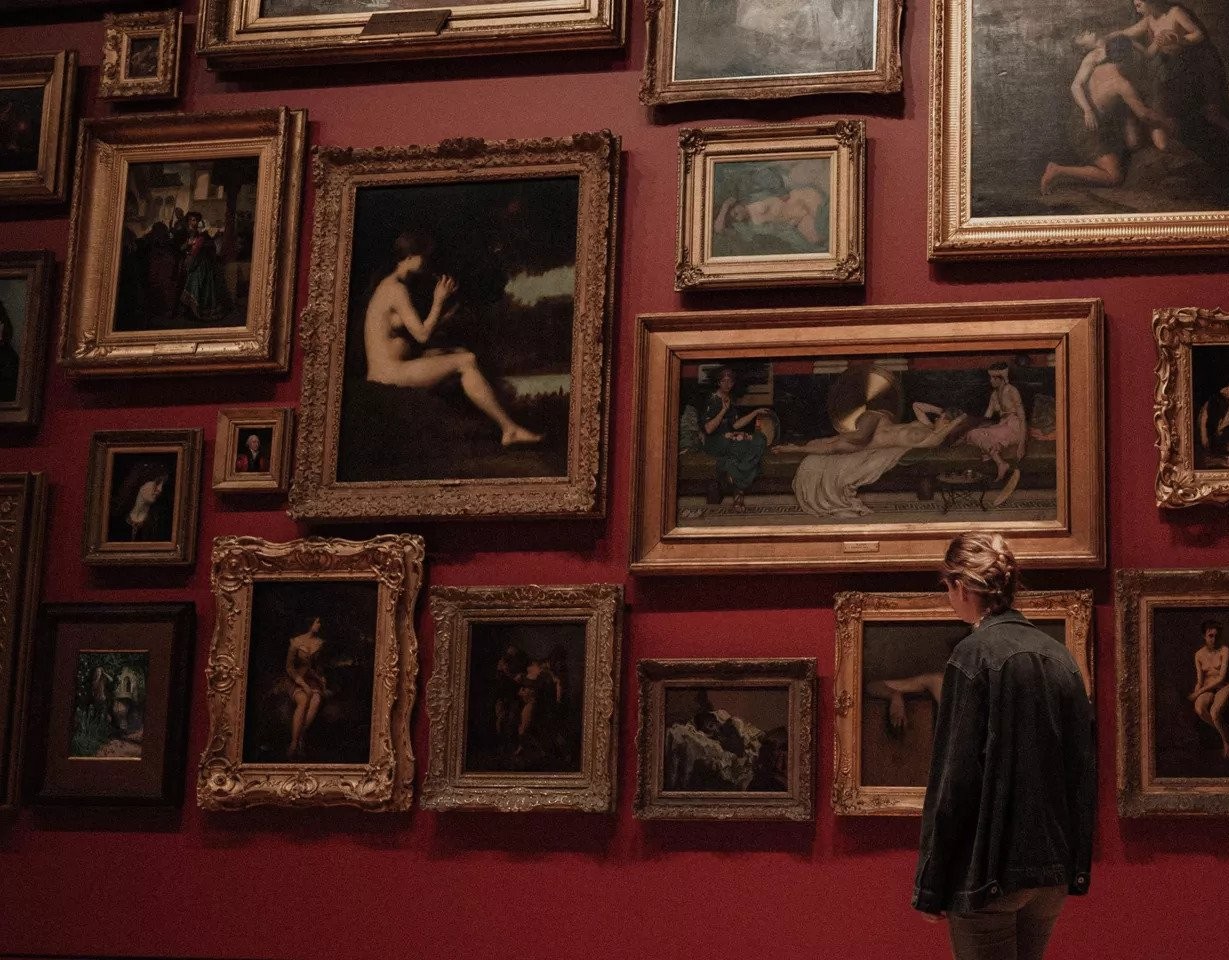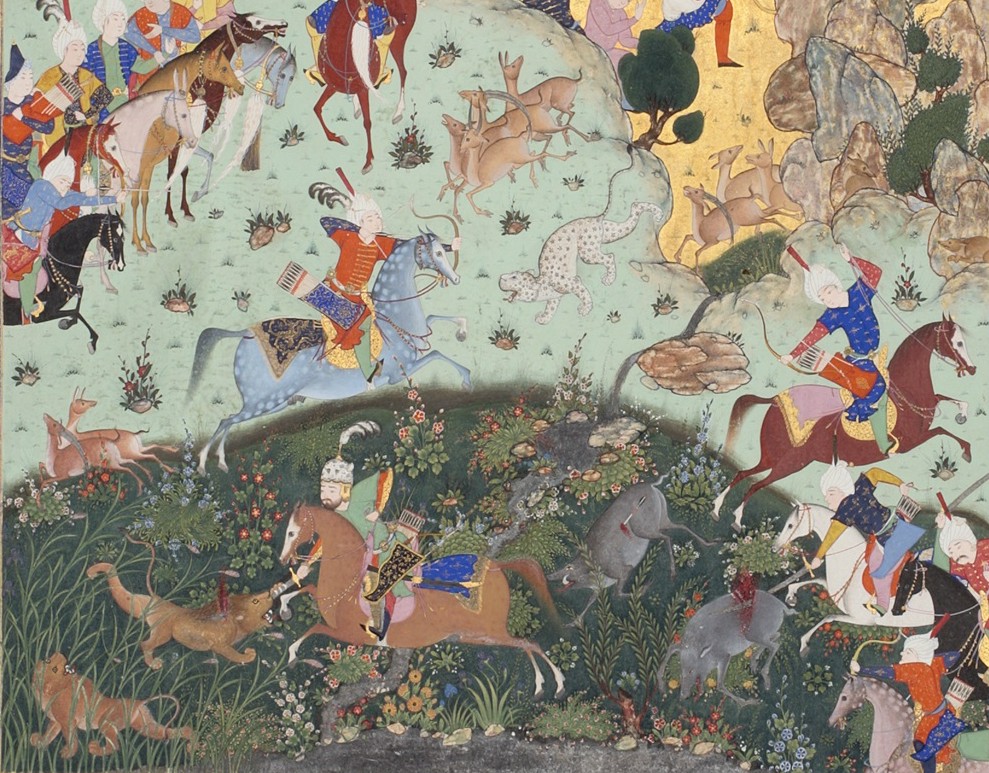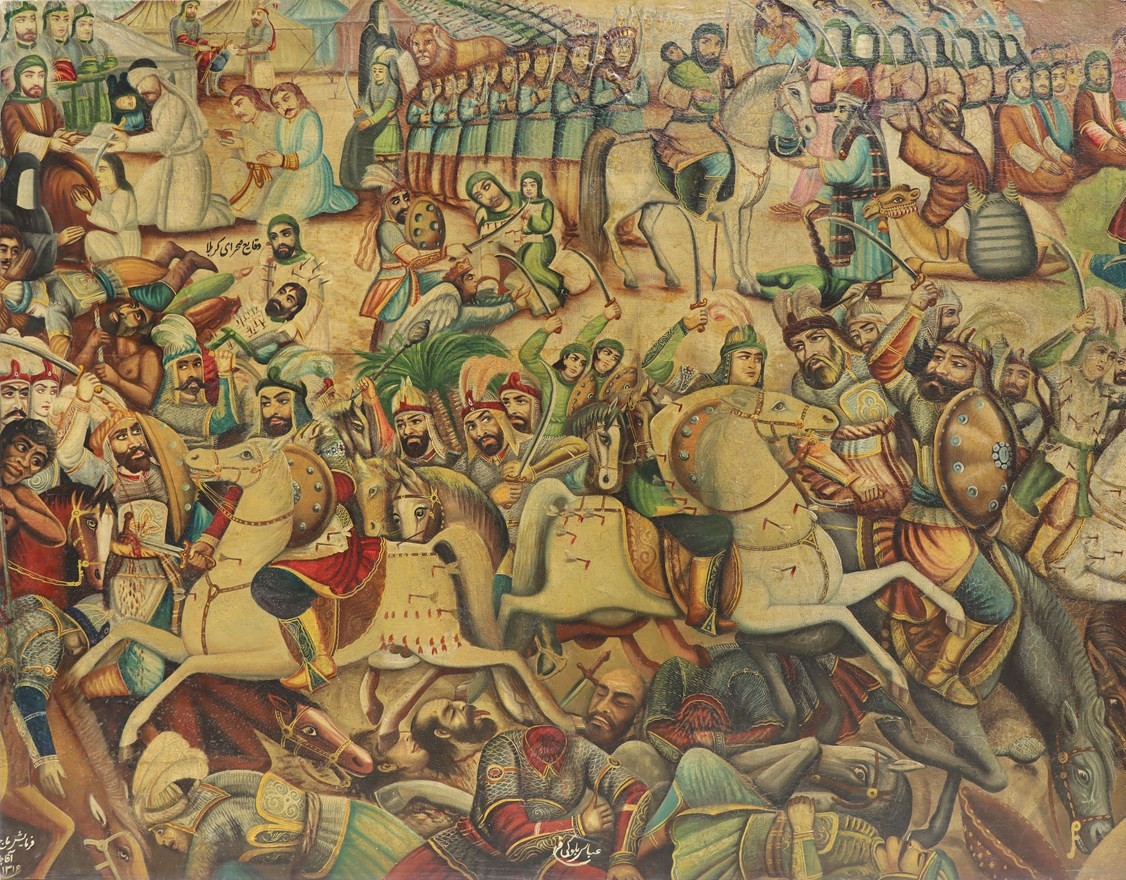This article is only available in Persian.
What do Iranian historical works do in international auctions?
15 November 2023
It has been seen frequently that in international Islamic art auctions such as Christie's, Sotheby's, Bonhams and Chiswick, Iranian works from the Safavid and Qajar periods have been presented and sold. Some of these works are part of the property of a European person, and some are placed next to other lots without provenance. From tiles, metalwork, pottery, carpets, to very exquisite manuscripts and illustrated pages such as Shahnameh of Baisangari and The Shahnameh of Shah Tahmasp to jewelry and ornaments, candlesticks and pencil cases, all in a relatively high number and variety are auctioned every six months in these auctions. At Christie's upcoming auction of Islamic art in October 2023, for example, the top estimate belongs to an Iranian rug from the Safavid era. The question that may come to mind is whether these items considered as national importance and if so, how did they end up in international auctions?
To find the answers to the questions above-mentioned, we will refer to the Iranian Constitution and the speeches of the relevant officials, and we will mention some of the points mentioned in the law regarding national, cultural and artistic works or antiques. In the rest of the article, we will also refer to the laws of two European countries.
To find the answers to the questions above-mentioned, we will refer to the Iranian Constitution and the speeches of the relevant officials, and we will mention some of the points mentioned in the law regarding national, cultural and artistic works or antiques. In the rest of the article, we will also refer to the laws of two European countries.

Author(s)
Sevana Boghossian
Related Articles
Iran's Art in London's Islamic Art Week, An Overview
London Islamic Art Week is an event that is held two to three times a year; Every spring and autumn, Sotheby's, Christie's, Bonham's, Chiswick and Rosebery's Islamic artauctions are held in different cathegories by the Islamic and Indian Art departments. These auctions include art works of the Islamic world from the middle of the 7th to the 20th centuries, and among them are works f...
6 May 2023
Dispersed; A Narrative on the Journey of Shahnamah of Shah Tahmasp's Folios around the World
The Shahnameh of Shah Tahmasp is one of the well-known and exquisite works of art of Iran and the Islamic world. But this book has been scattered in various collections and museums around the world. In this article, we will read about this unique work of art and the story of its journey to different collections, and the records that this Shahnameh has experienced in various auctions...
10 May 2023
A look at the market of Coffee-house, and Reverse Glass paintings in domestic and international auctions
Coffee-house painting and Reverse Glass painting are one of Iran's folkloric and classical arts, which reached the peak of their popularity among the common strata of society during the Qajar era. Museums such as Negarestan Museum Garden, Reza Abbasi Museum, and the Museum of Reverse Glass Painting, house remarkable works of these arts. Although limited, Coffee-house painting and Re...
8 July 2023
Insert Comment
Comments
Nissar Nooree 4 months ago
سلام من یک کتاب از 2000 سال پیش مومیایی شده دارم اګر شما خریداری هستی یا خریدار داری بمن ارتبات بیګره تشکر


